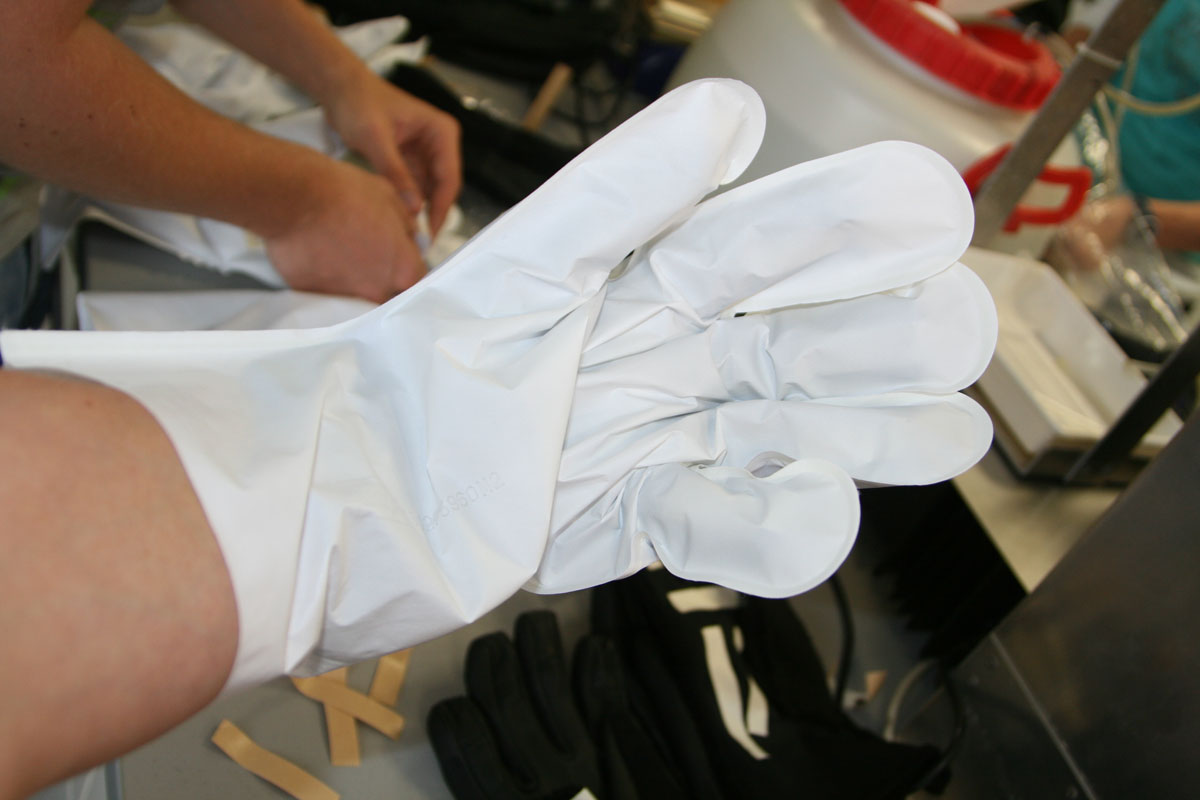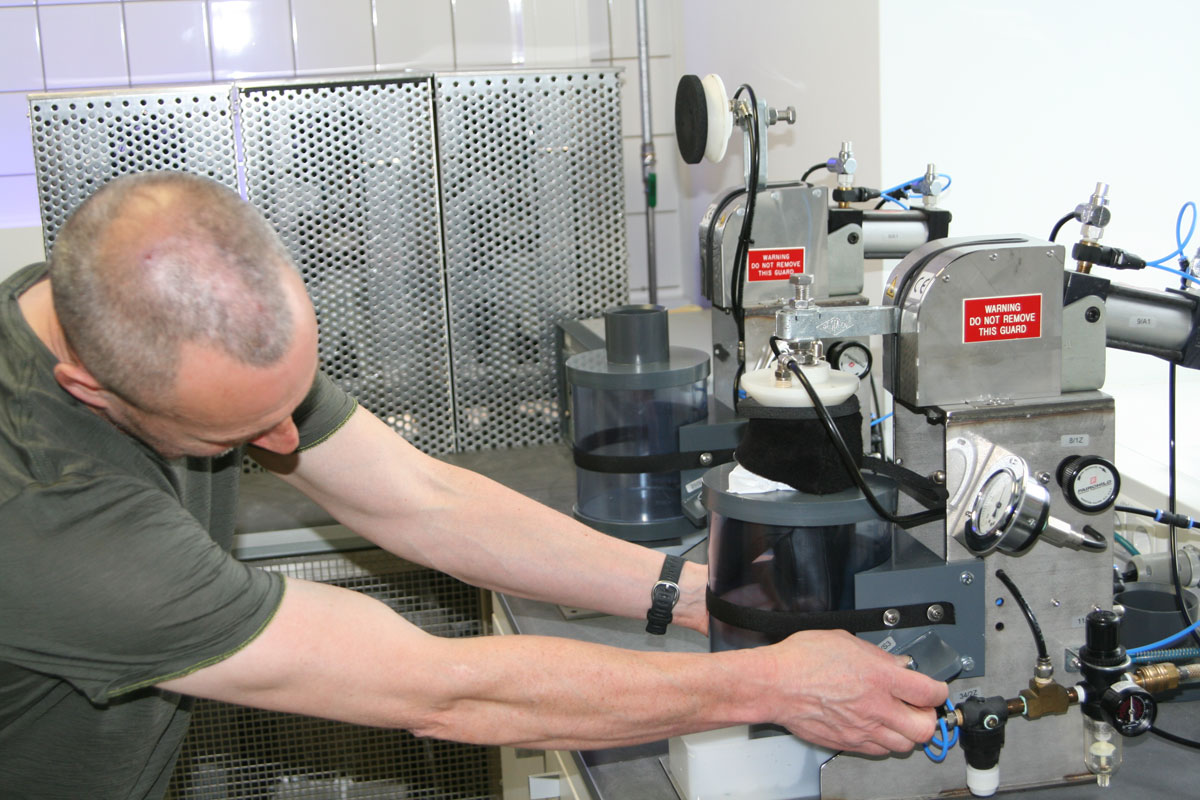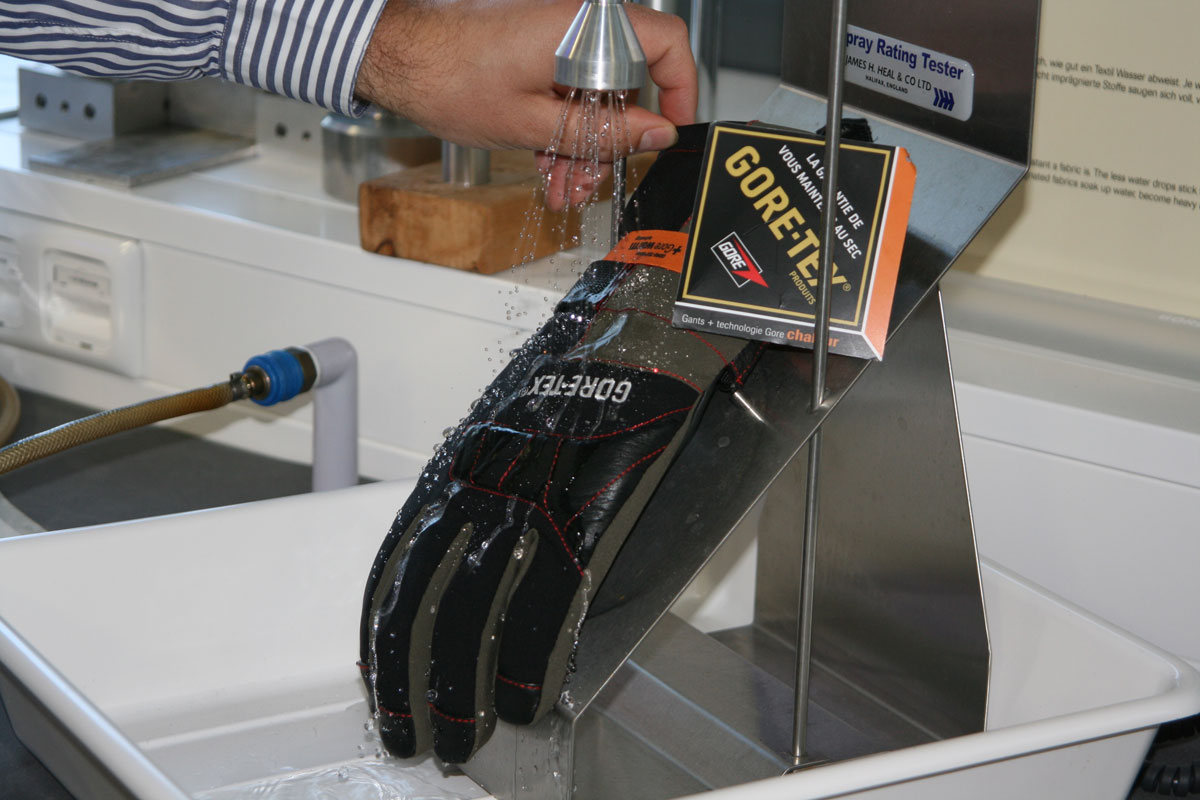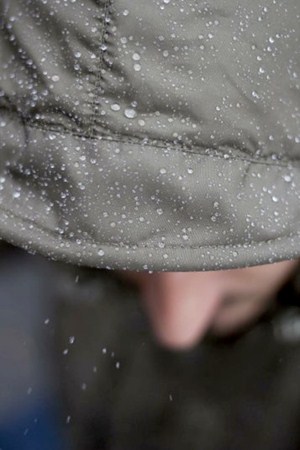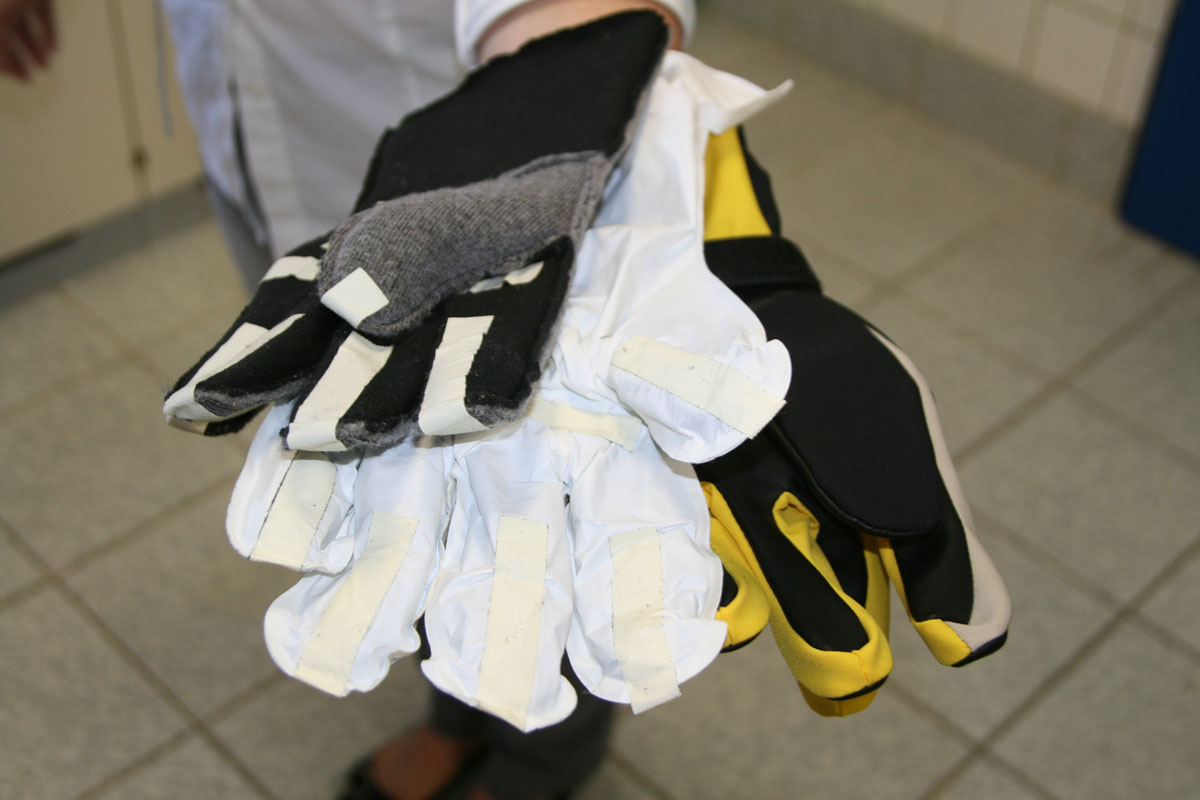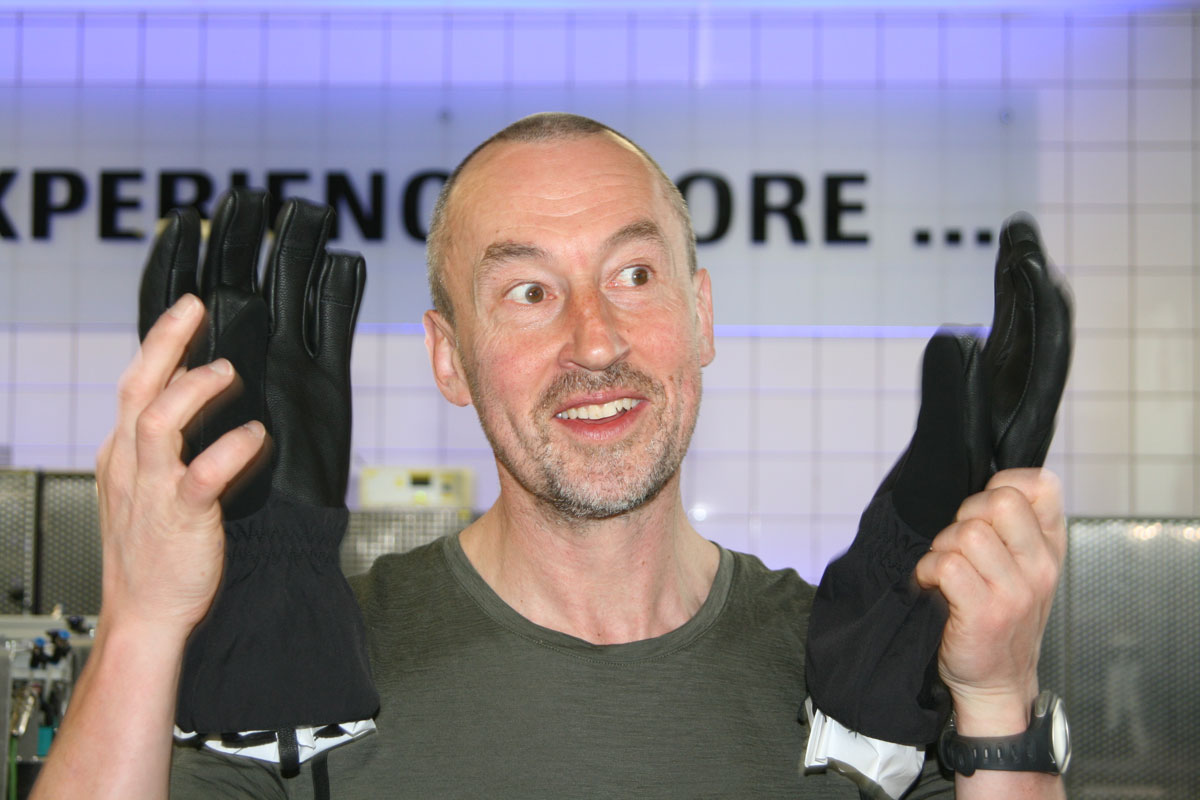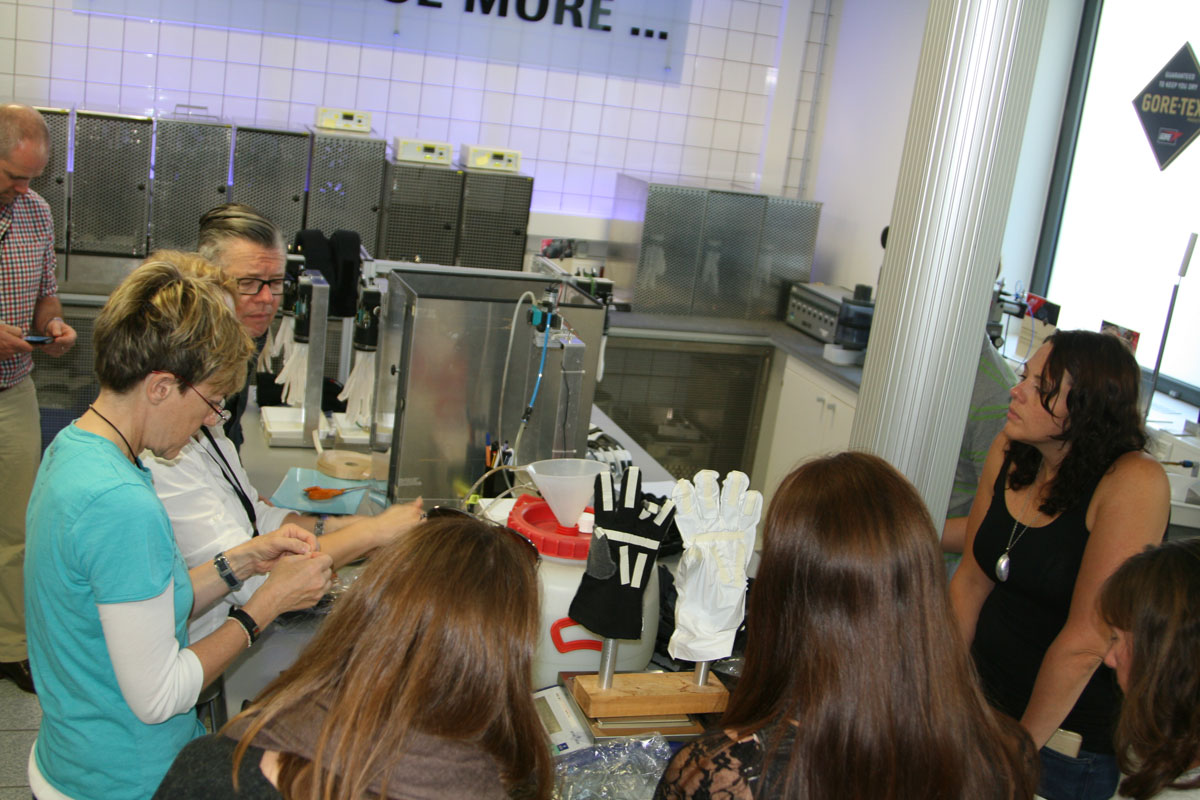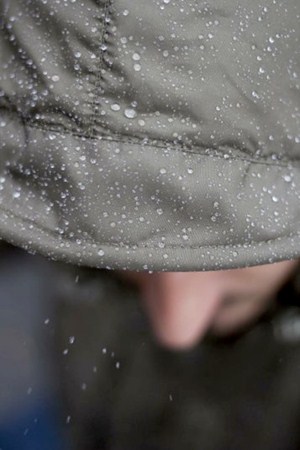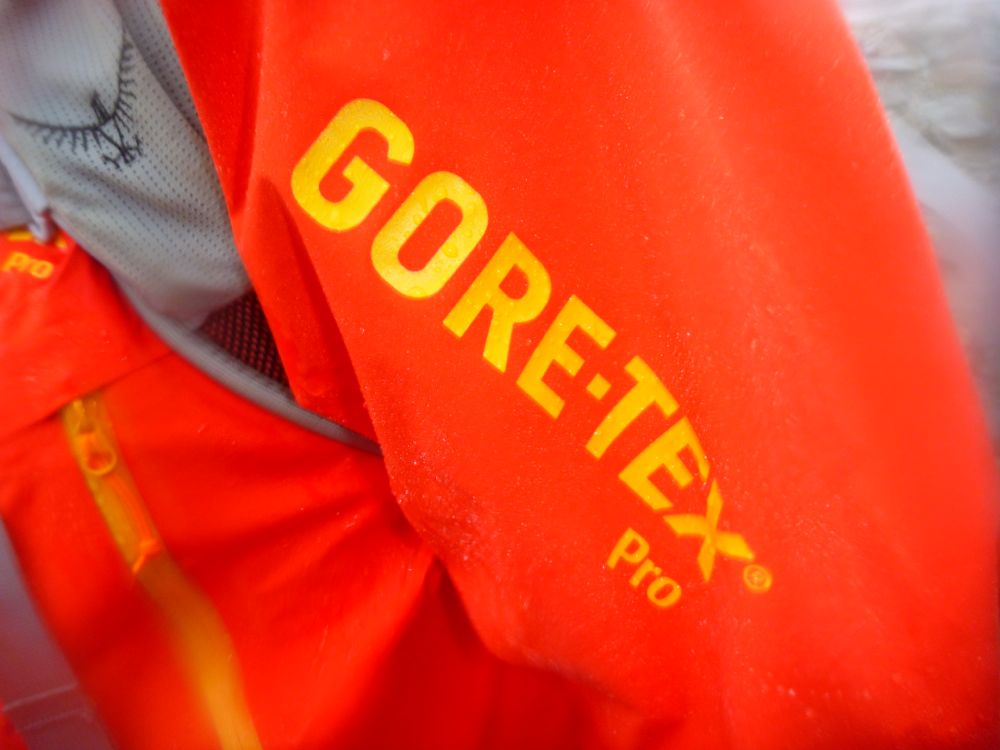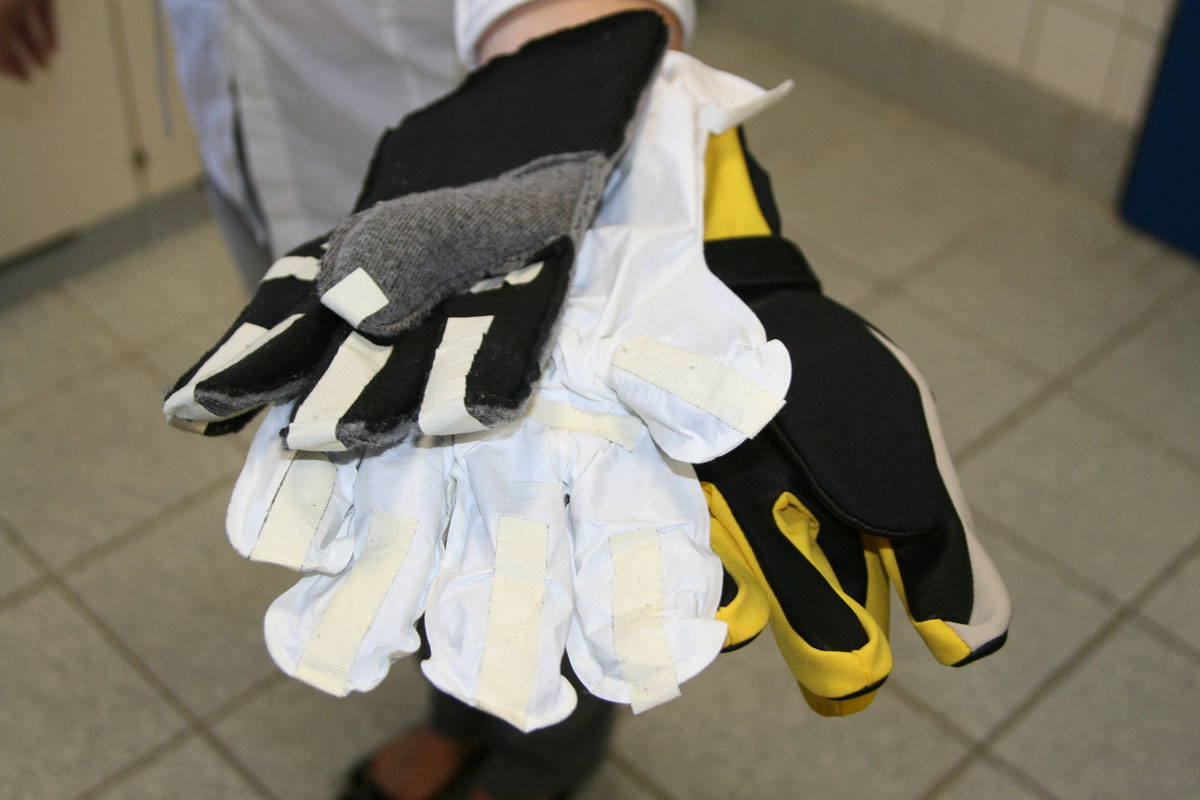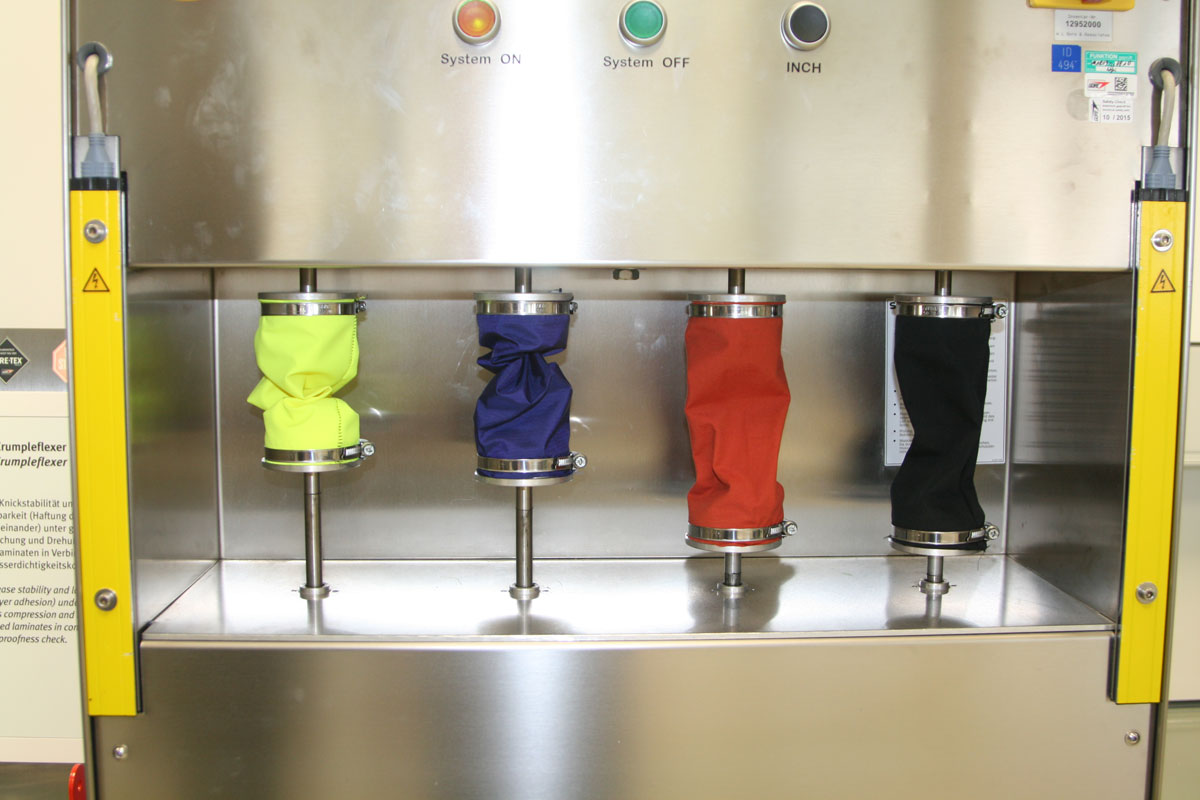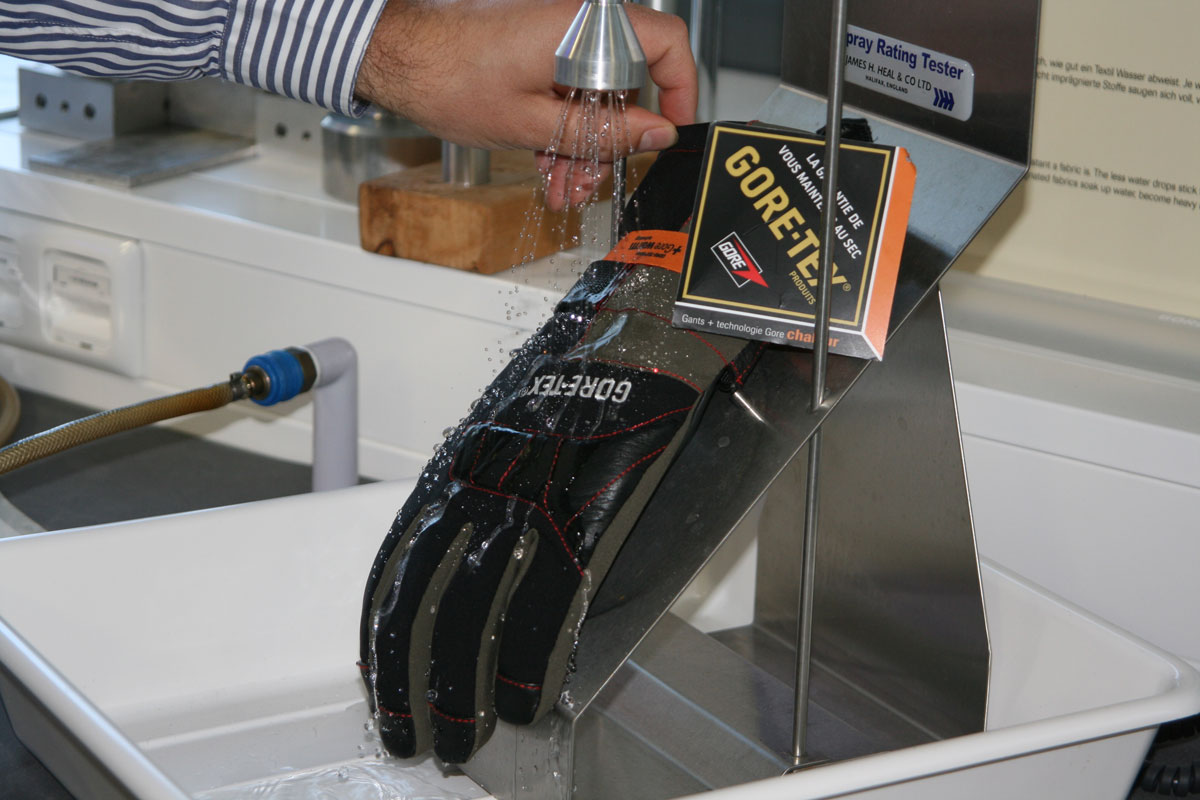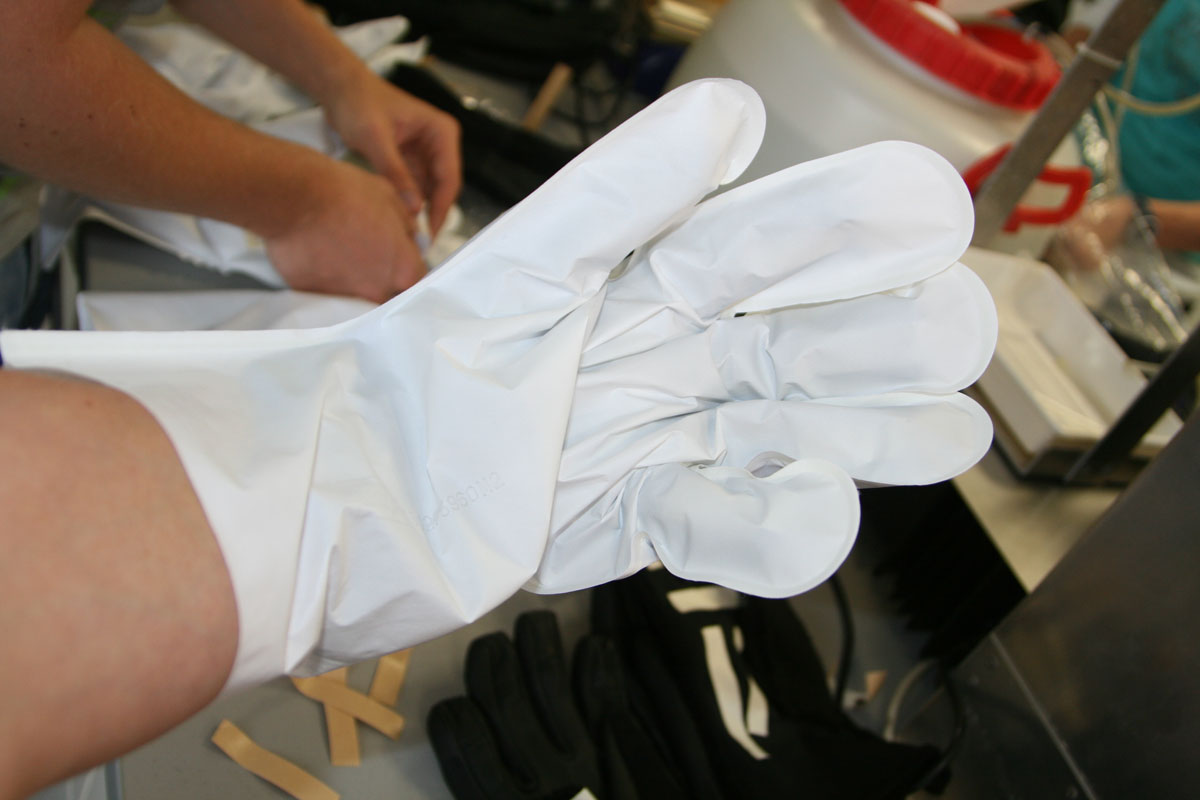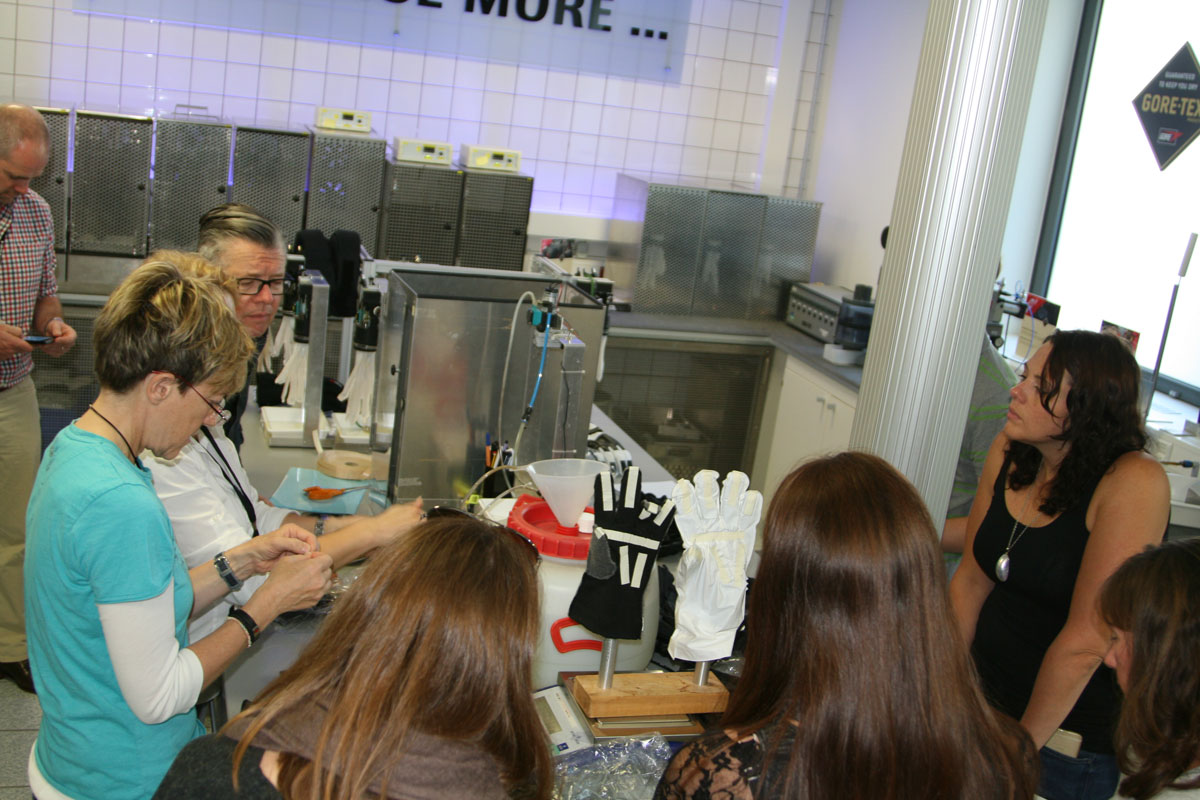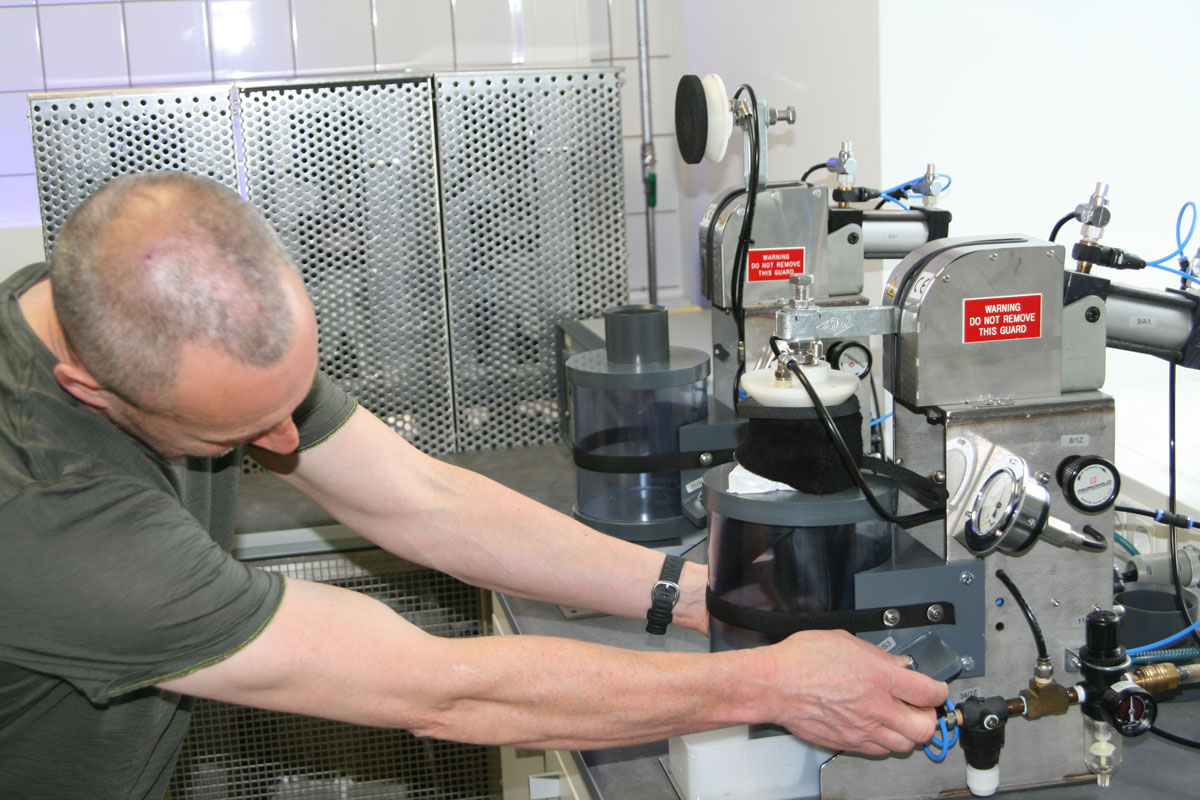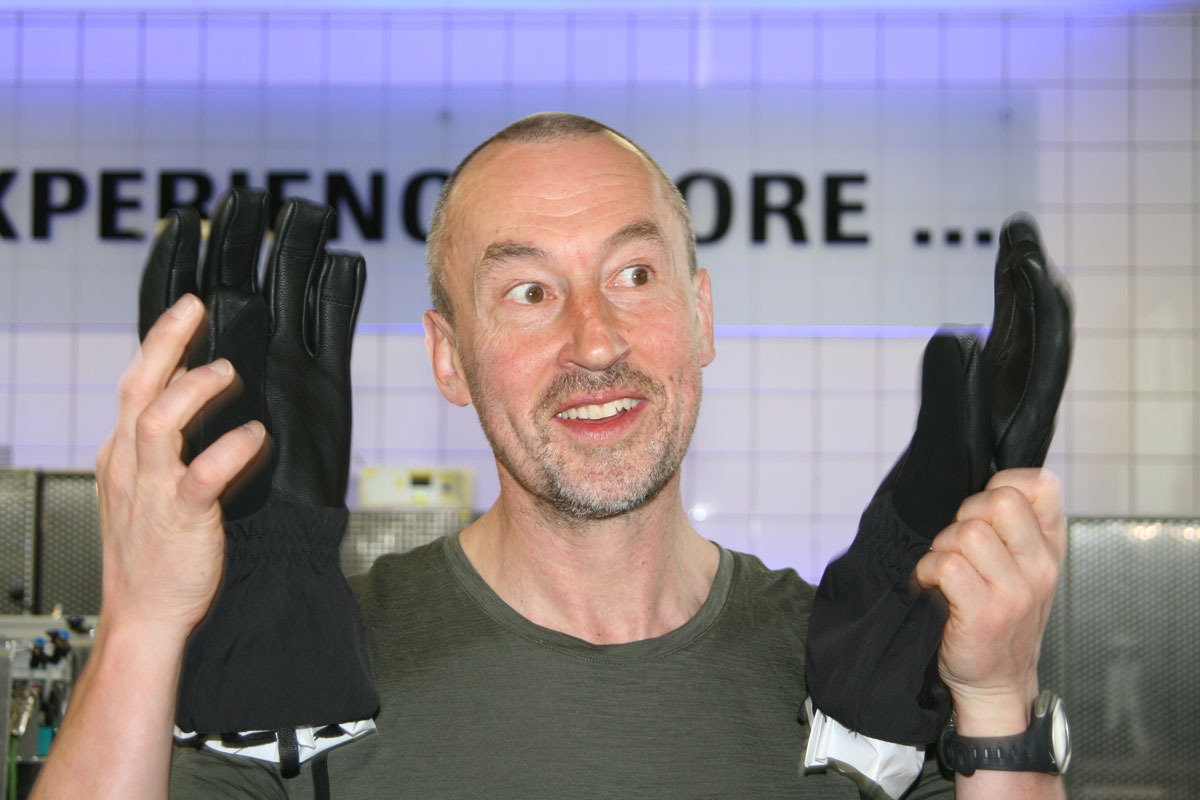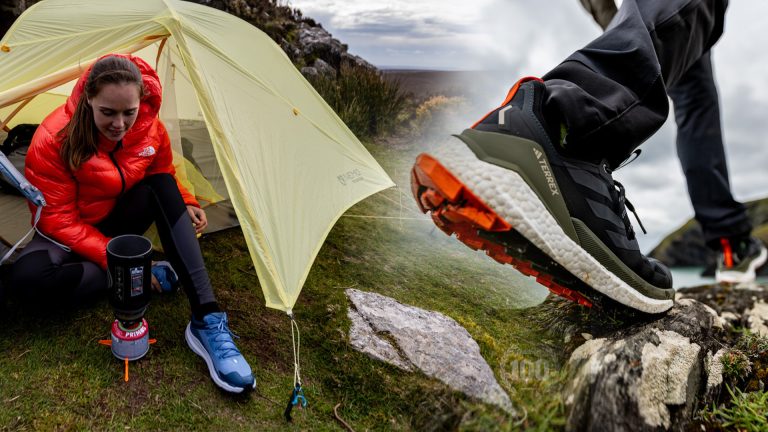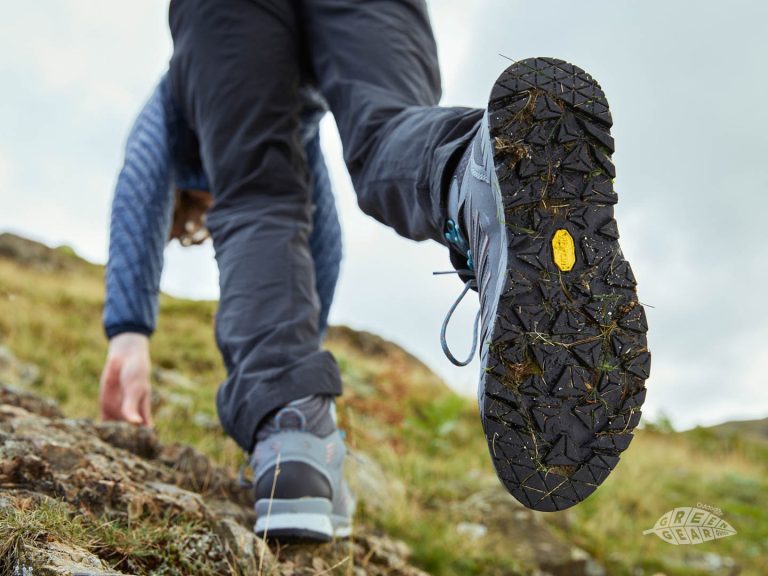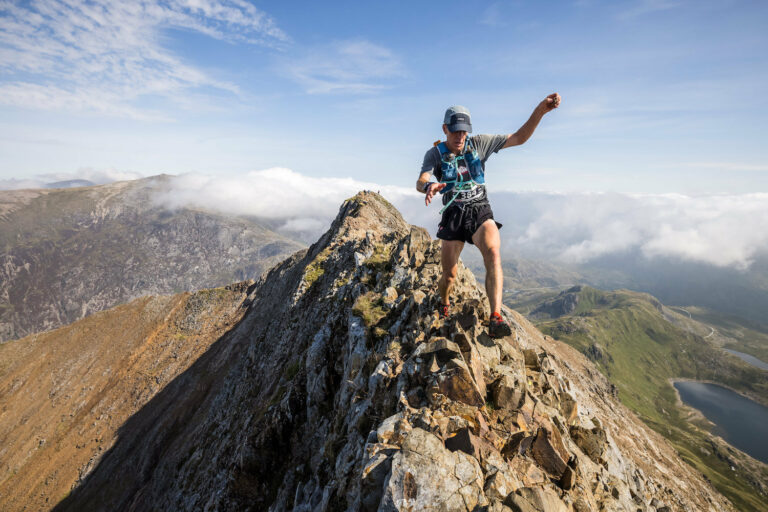Eight Things We Learned From WL Gore
We’re just back from visiting the guys at WL Gore, the company behind leading outdoor fabric Gore-Tex and other technologies principally to learn about what’s in store in terms of Gore-Tex gloves this winter – we actually put together our own glove, but more about that later – but in the course of the day, we picked up some fascinating outdoor gear facts that might just surprise you.
1. Comfort Is The Absence Of Discomfort
Ever wondered what ‘comfort’ actually is? Gore has done a lot of thinking on this front and come to the conclusion that comfort is simply ‘the absence of discomfort’ – in other words, being comfortable mostly means not noticing negative factors that impact on your normal activity.
With gloves that might mean protection from cold, which in turn means your hands don’t hurt and, arguably more importantly, retain the dexterity to do useful tasks like holding ice axes or operating a GPS unit.
Musings If you notice your clothing, gloves or footwear, it’s probably not doing as good as job as it should be. Ideally outdoors kit should be transparent, though not literally, obviously.
2. The Best Area To Vent Is The Forearm
If you’ve ever wondered whether it’s better to have a jacket vented using either pit-zips, torso vents or venting pockets, you might be surprised to learn that the most efficient upper body are to vent from is actually the forearm, so if you’re feeling hot, try rolling your sleeves up in traditional, clichéd fashion.
Your other top option is to expose your head and neck and maybe even cut your hair really short to improve heat dissipation. Yes, that number one crop really is a marginal gain performance aid.
Musings You might expect therefore, shell jackets to feature forearm vents – and there have been a few that do – but in general, you might want to check you can roll up your waterproof jacket sleeves for added cooling.
3. Wet Makes You Feel Cold
Believe it or not, water has 25 times the heat connectivity of air, which means wet clothing has a serious impact on insulation efficiency. That’s because insulation is, effectively, trapped air which has been warmed by the body. Damp air and fabric simply lose your body heat faster.
That’s also why low temperatures in Scotland, say, which has quite a humid climate, feel lower than technically lower temperatures in cold, dry regions like the Alps. Insulation simply doesn’t work as efficiently, so -5˚C on Ben Nevis can feel cooler than -20˚C on Mont Blanc.
Musings If you’ve ever wondered why sleeping bag temperature ratings don’t seem to apply in Scottish winter conditions, that’s why.
4. Your Skin Can’t Feel Wetness
Oddly we have no way of telling whether our skin is wet or not. We can detect changes in pressure, stretch, vibration and temperature, but we have no specific way of feeling wet. What actually happens is that we associate temperature changes and the pressure of water moving against the skin as ‘wetness’, but if you put your hand in a basin of water at exactly body temperature and hold it absolutely still, you can’t ‘feel’ the water. Try it some time.
Musings This is why feet and hands can feel ‘wet’ even though they’re actually still dry. A combination of cold and pressure sensations simply fools your brain.
5. Finger Tips Let You Know It’s Cold
Gore has done a bunch of research into hand comfort – or the absence of discomfort if you prefer – and come up with some interesting results. Apparently the optimum skin temperature in your fingers is between 22˚C and 32˚C and because your body restricts blood flow to the extremities, finger temperatures serve as an indicator of how cold you feel.
The pain point for your hands is 15˚C after which they start getting numb. It’s not quite that simple though, even when your body has shut down circulation to the fingers, it periodically pumps warm blood through them to keep them alive. Cue the dreaded ‘hot aches’.
Musings If you need to re-warm cold fingers, use lukewarm rather than hot water.
6. Sweating Has A Reason Behind It
Primarily your body sweats in an effort to lose heat, but sweat production can also be triggered by stress – that crucial exam or job interview mainly, or more outdoorsy, the prospect of a terrifyingly iffy climbing move. Sweat production ranges from between less than 50cc per hour right up to a maximum of 2 litres.
In warmer conditions, the body increases blood flow to the extremities in an effort to maximise cooling as well as sweating more. Areas with the most sweat glands are the armpits, crotch and hands and feet.
Musings Because wetness makes you feel cold – see number 3 – losing the dampness from sweat is essential to staying comfort – or avoiding discomfort of course, hence why breathable clothing and wicking fabrics are important.
7. Don’t Dry Wet Gore-Tex Gloves On A Radiator
You might have discovered this all on your own – we have – but don’t attempt to dry wet Gore-Tex gloves on a radiator. In normal use, there’s a temperature and humidity difference between the inside and outside of the glove which helps moisture move outwards away from the lining of the glove and the skin.
Put an outwardly wet glove on a radiator or other heat source however and that temperature and humidity gradient is reversed and moisture moves the other way and is sucked back into the lining of the glove giving the reverse effect to the one intended. Ooops.
Musings Suddenly heated boot driers make loads of sense. Or try the old trick of putting your glove over a glass and standing it on top of a radiator to conduct heat to the inside of the glove and dry it from the inside outwards.
8. Wetting Out Not As Bad As You Think?
According to Gore, the ‘wetting out’ process where the outer layer of a fabric stops beading an repelling water isn’t as detrimental to breathability as you might suppose. They say that the water repellent treatment and beading of water is partly a psychological thing, but because of the way Gore-Tex works, while it ‘does affect breathability, it’s not by as much as you might think’.
Musings Despite Gore’s heavily research-based culture where everything is measured and quantified, we’re not entirely convinced by this one. Perhaps that’s our psychology kicking in….
More Information
Coming soon, a look at Gore’s new winter glove technologies and how we built our own gloves. More Gore info at www.gore-tex.co.uk



